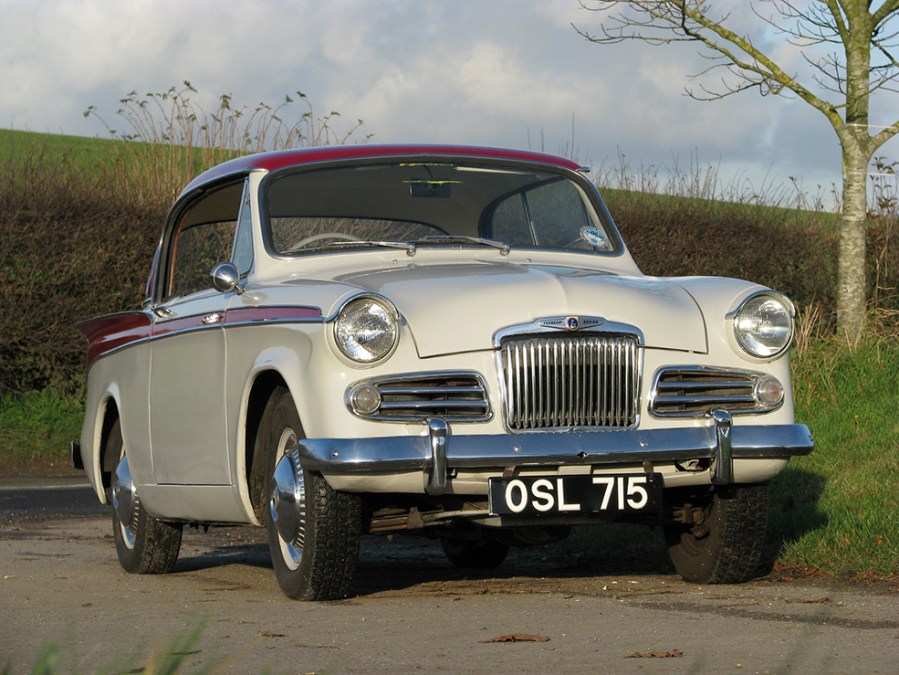The Rootes Group’s finest years commenced immediately after the end of the Second World War with the launch of a handful of brand-new models and lasted until the company was absorbed into the Chrysler empire in the middle of the following decade.
Although the 1950s and the early 60s are generally regarded today as being the Rootes Group’s Golden Years, the company enjoyed its first global automotive success in 1932 with the introduction of the 1185cc body-on-frame Hillman Minx. Two years later the Rootes brothers, Billy and Reginald, took control of the Anglo-French Sunbeam-Talbot-Darracq company and the next acquisition for the rapidly expanding group was the Huddersfield-based Karrier commercial vehicle builder. Although war clouds were starting to gather over Europe the Rootes Group was producing 50,000 vehicles by 1938, with tens of thousands being exported all over the world as complete knock down kits (CKD).
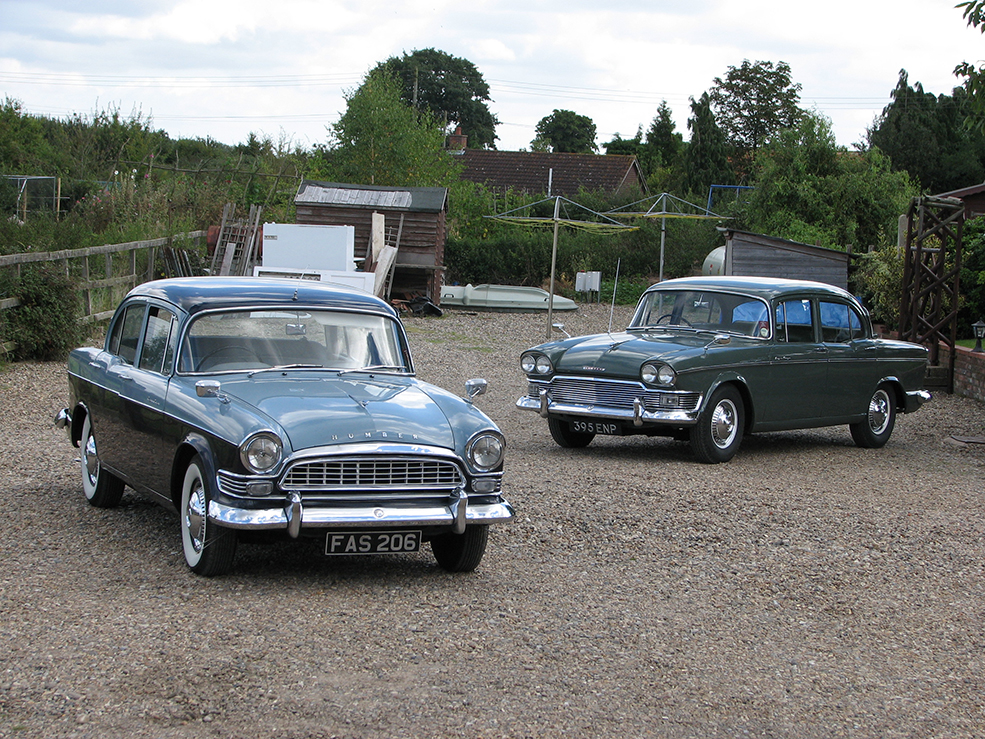
A wartime ‘shadow’ factory had been built at Stoke Adermoor in Coventry to construct aero engines and with government help, another shadow manufacturing plant was completed in 1940 at Ryton-on-Dunsmore to produce vehicles, armaments and equipment for the war effort (Rootes built 60 per cent of all the armoured cars used by the British army during the Second World War). After the conflict, Billy Rootes managed to secure the Ryton factory for his own use and from the end of 1945 the workforce started to turn the plant’s production facilities over to the production of civilian motor cars.
From 1946 Rootes concentrated all its light vehicle production at the newly acquired Ryton plant and two years later the company was at the dawn of what is now regarded as the company’s true golden age with the launch of the 1185cc side-valve powered Phase 3 Hillman Minx, the new Raymond Loewy styled 1944cc Humber Hawk and the Sunbeam-Talbot 80 and 90 saloon and four-seat drop head coupe. By the start of the next decade, over 70 per cent of all car production at Ryton was being exported, which meant Rootes easily surpassed the export target of 50 per cent set by the Government to qualify for an allocation of scarce post-war steel.
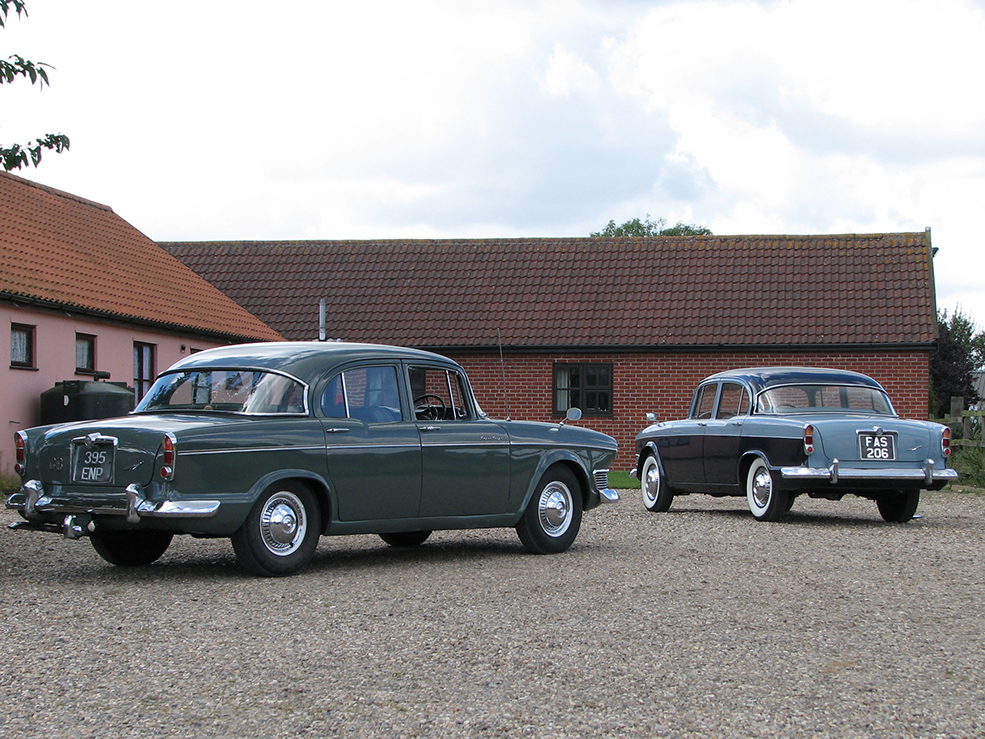
In 1950 Rootes expanded its empire by acquiring Tilling-Stevens, a truck and bus manufacturer. Two years later a Bournemouth-based Sunbeam-Talbot dealer by the name of George Hartwell produced a one-off, two-seat drophead rally car based on a Talbot 90. The new two-seater went into production as the Alpine in 1953 to mark the success of the works Sunbeam Talbots in the Alpine Rally and was an instant success. This was a major year for the company, as it signed an important licencing agreement with Isuzu to start manufacturing cars in Japan based on a version of the 1948 introduced Minx.
In 1955 Rootes unveiled the first of its Audax range of mid-sized saloons with the Series 1 Sunbeam Rapier. Available as a smart looking two-door coupe or convertible featuring a monocoque body, the stylish Rapier had twin carbs and was powered by a 1390cc overhead valve engine fitted with an aluminium head. In May 1956 Rootes expanded the Audax range with the introduction of the more sparsely equipped four-door and iron headed Hillman Minx. Rootes acquired Singer Motors during the same year and wasted little time adding the more luxurious Singer Gazelle to the Audax range. The Gazelle was powered by a Singer developed 1497cc inline-four, but this engine would be replaced with a Rootes produced 1494cc unit for the 1958 introduced Series IIA Gazelle.
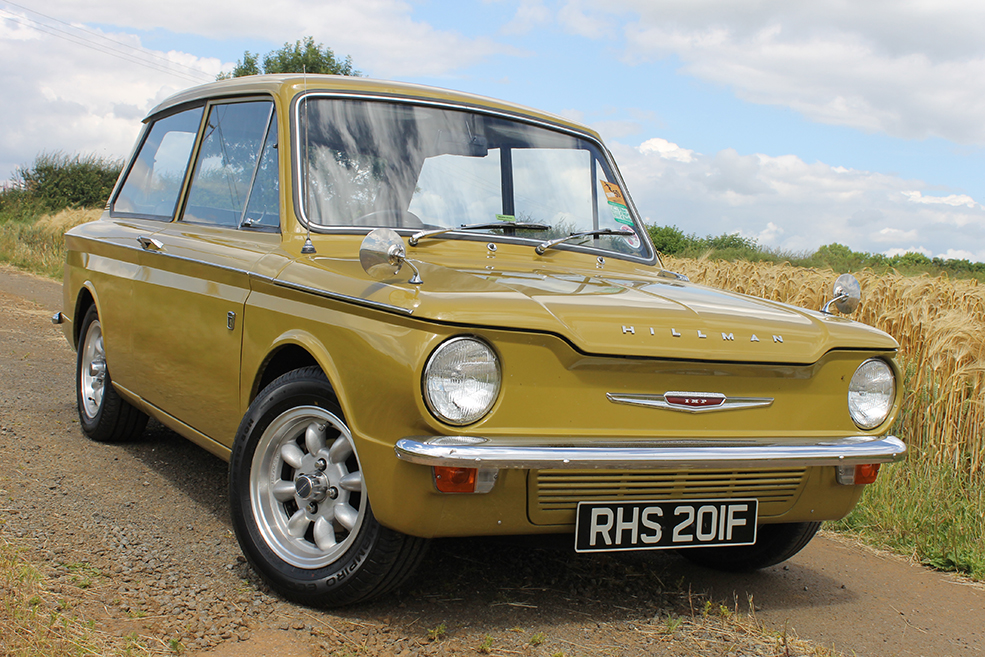
While works prepared Sunbeam Rapiers continued to win honours on the international rally circuit throughout the late 1950s and early 60s, the Hillman Minx became a firm favourite with families and business users, while Rootes satisfied the luxury end of the market with its Singer and Humber marques. Humber, together with Hillman, had been the first two marques acquired by the Rootes brothers along with Commer during the interwar years. Throughout the late 1940s and early 50s, luxurious Humber Hawks and Super Snipes took Rootes upmarket, with many examples of these comfortable big saloons being used by large companies, government departments and even embassies. In 1957 Rootes introduced the first monocoque constructed Humber, the 2267cc inline four powered Series 1 Hawk and quickly followed this up with the introduction of the similarly built 2655cc six-cylinder Humber Super Snipe.
By the end of the 1950s, Rootes was looking to expand its range of cars and commercial vehicles and even considered a merger with Standard Triumph. Talks were held but although a successful outcome would have given Rootes access to a small car based on the Standard 10 to sit below the Minx range, the negotiations eventually broke down. Although Rootes had expanded its range of cars in 1959 with the launch of a brand new two-door Sunbeam Alpine roadster, it still needed a small car to sit below its range of medium saloons and estates.
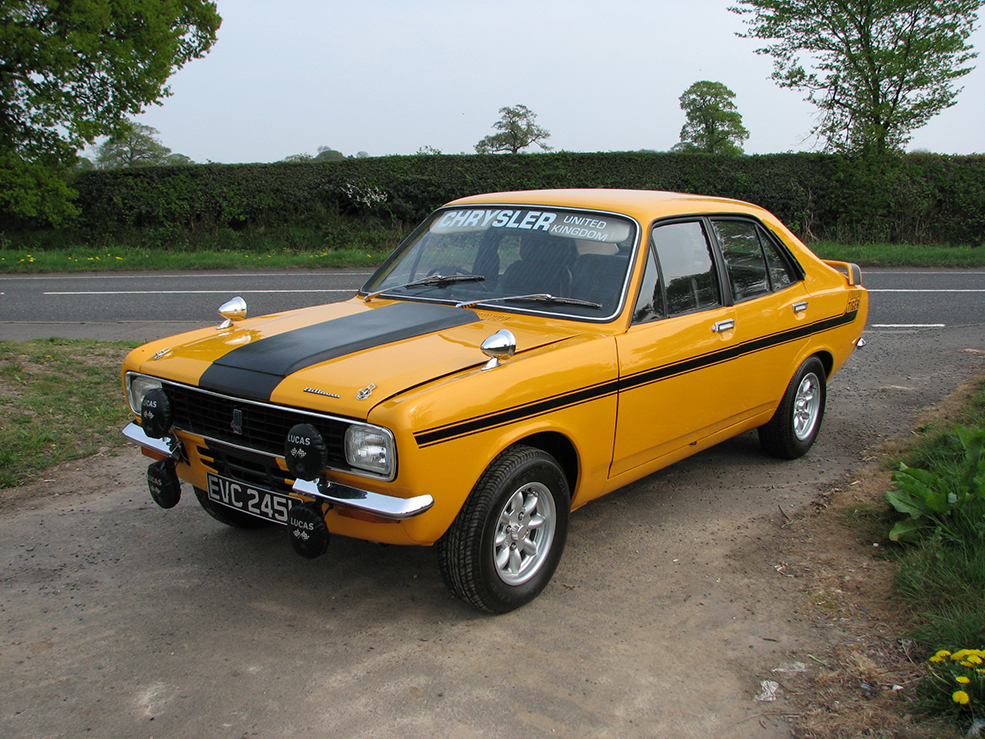
To address the issue, Rootes announced project Apex in 1960, but a massive amount of investment would be required to develop a new small car and equip a factory to build it. Unfortunately, the following year proved a perfect storm for the Rootes Group, as a protracted strike at its London based body pressing operation badly affected production, which in turn drove profits down by a staggering 85 per cent. The direct affect was that Rootes’ accounts went into the red in 1962, a position the books frustratingly remained in for most of the decade.
Despite the company’s ongoing financial problems, Rootes Group products were still a popular choice, especially with fleet and overseas buyers. The extended 1961 introduced Super Minx provided the basis for the well-equipped Singer Vogue, which was followed in 1963 by the similar looking and slightly more luxurious Humber Sceptre. Despite Rootes financial woes, project Apex eventually morphed into the 1963 introduced rear engined Hillman Imp, which was built in a brand-new factory located at Linwood in Scotland, an area of high unemployment and desperate for new investment.

The location just outside Glasgow wasn’t Rootes choice, as the new factory had been built with the assistance of government grant aid and its location 300 miles away from Coventry didn’t do any favours for logistics regarding the Imp’s protracted production. Unfortunately for Rootes, the Imp didn’t get off to the best of starts and the new car was plagued with reliability issues. In a bid to improve the little car’s image, versions were badged as up-market Singers and Sunbeams, and there was even offered a very capable sporting coupe version of this unfairly maligned Mini contender.
Despite the Audax range receiving a major revamp in 1963, the line-up was starting to show its age by the mid-60s, and a replacement was desperately needed. The launch of the V8 powered Sunbeam Tiger in 1964 helped boost Rootes image but issues with the Imp’s reliability forced the company to wisely abandon plans to develop project Swallow into a rear engined replacement for the Minx and Super Minx and revised the project into the Arrow programme. This resulted with the Arrow series of mid-sized saloons and estates led by the Hillman Hunter replacing the Audax based line-up in 1966.

Despite Rootes signing an agreement with Iran to build a CKD version of the new Hillman Hunter from 1967 called the Peykan (Iranian for Arrow), the Chrysler Corporation had been progressively taking over the Rootes Group. By the end of 1964, the year the Iranian deal was proposed, the American based company now owned 30 per cent of the Rootes Group voting shares and 50 per cent of its non-voting stock. Sadly, 1964 was the year Billy Rootes passed away and by 1966 the Rootes board formally informed the UK government that it had agreed terms with Chrysler to take full control of the Coventry based company.
Rootes’ new American masters promptly dropped the Sunbeam and Singer marques and the Humber brand followed suit soon after. Although the car range had been slimmed down to just the Arrow and Imp line up, the Rootes badge was given a final boost when a specially prepared Hillman Hunter won the 1968 Daily Express London to Sydney marathon rally. The former Rootes Group was being drastically slimmed down and it was Chrysler’s money that financed the development of the 1970 introduced Hillman Avenger – a model the late Sir Billy Rootes would probably have preferred to be badged as the new Hillman Minx.

